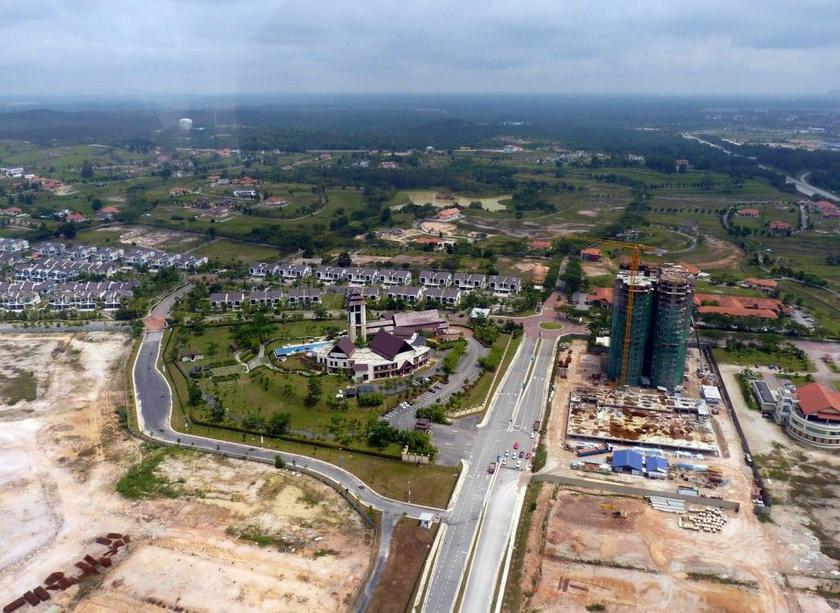KUALA LUMPUR, July 3 — Malaysia and Singapore’s optimism for the Iskandar region in Johor could see it become a manufacturing and technology hub that could rival the Shenzhen in China, according to the Financial Times (FT).
Iskandar Malaysia was established during the Abdullah administration, but has continued to enjoy the backing of the government since then, with Prime Minister Datuk Seri Najib Razak touting it as a possible New Jersey to Singapore’s Manhattan.
Land-scarce Singapore is similarly enamoured with the prospect of Iskandar, and its Monetary Authority previously proposed an integrated economic zone that would encompass both the island state and Iskandar Malaysia.
While the area will only be completed in 2025, its importance for the economic well-being and prosperity of both countries is not lost on either administration.
“Policymakers see the possibility of businesses being co-located in Iskandar and Singapore,” Eugene Tan, an associate professor at Singapore Management University, told the FT.
“We just don’t have the land here and Iskandar is close enough for companies to have manufacturing there but the finance and R&D in Singapore.”
Some Singaporean firms already see the potential of Iskandar, both in terms of lower costs and proximity to their home country, and are preparing to shift some portions of their operations here.
One manager of a Singapore tool reconditioning firm said their business also picked up after they moved their workshop to Iskandar, and were getting more walk-in customers now.
The added space also allowed them to demonstrate their equipment and machinery to prospects, and all within a 30-minute drive to their headquarters in Singapore and for a third of the rental there.
But Iskandar is not without issues. For one, Johor is home to several large-scale property developments that are set to flood the southern state upon completion.
Although not all the projects are targeted at businesses, they have contributed to a perceived property glut in the state that has turned off local businesses and investors.
Between 2013 and this year, property investments went from US$1.4 billion to just US$86 million in March.
“The drop in volumes between now and 2013 is highly noticeable,” Petra Blazkova, Asia-Pacific director at Real Capital Analytics, told the FT.
Another concern is Malaysia’s push to become a high-income nation, which would negate the wage savings that could be had by Singaporean firms shifting operations to Iskandar.
Putrajaya has already implemented a minimum wage policy, but is under continued pressure to raise this to a “living wage” of at least RM1,500.
This particular issue could be the point upon which the programme’s immediate success rests.
“As the [Malaysian] government tries to move the country towards higher value-added manufacturing industries with incentives — as well as with penalties like the implementation of higher minimum wage cost — the local domestic industry is likely to be impacted these few years,” Veena Loh, a research director at the real estate services group JLL, told the FT.



















